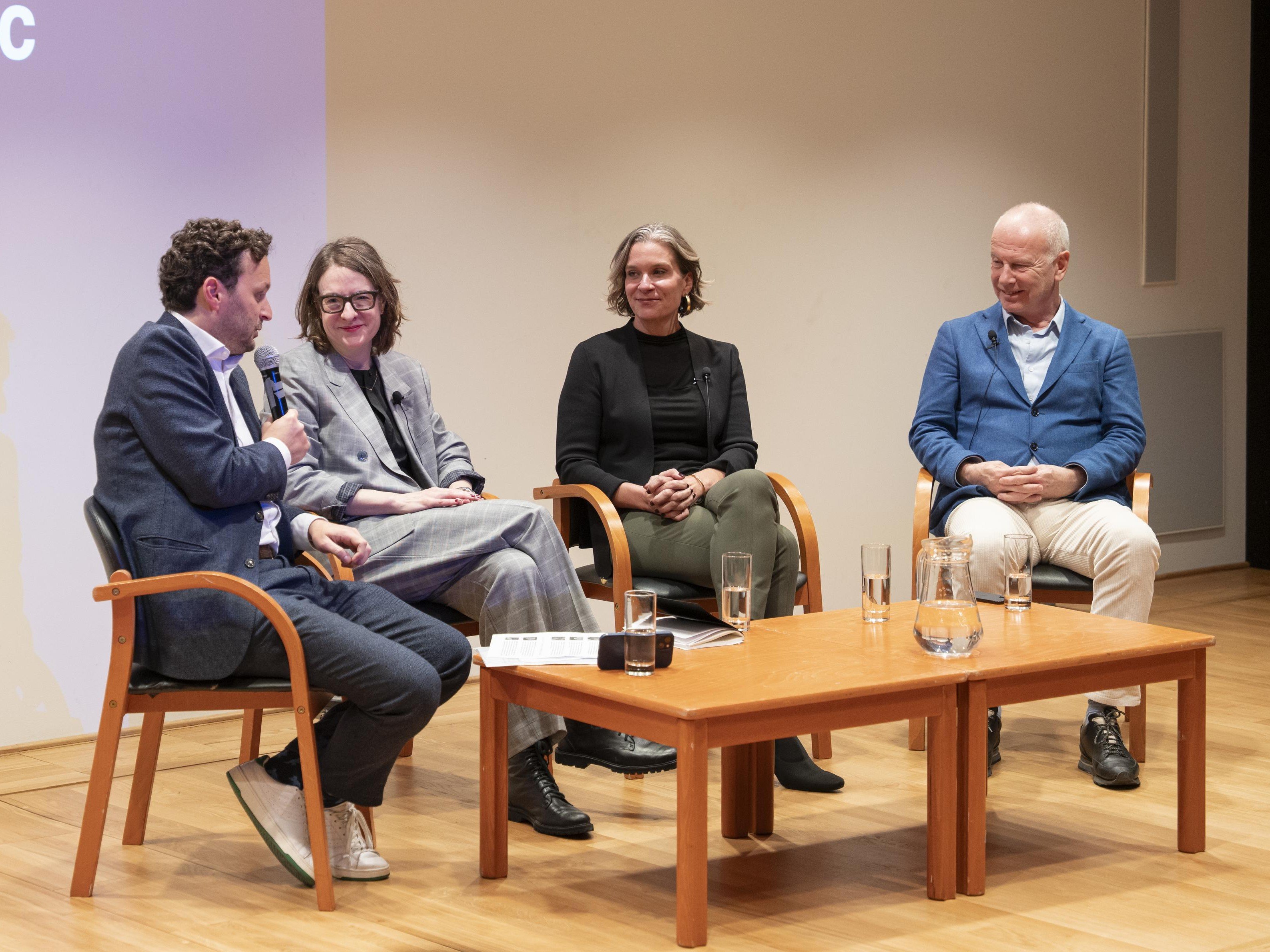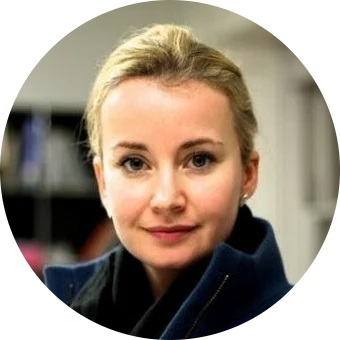Crozier was proud to sponsor and attend Stoa’s Paris Symposium which gathered foundation leaders from around the globe to share and discuss fresh approaches to stewardship, collaboration and partnership, governance, and public responsibility.
Here’s a glimpse of the insightful perspectives and provocative ideas shared by eight leading voices from the foundation sector.
Living Archives and Public Responsibility
Moderator Thomas Marks explores how art foundations are redefining what it means to keep collections ‘alive’ - inviting each speaker to illustrate how an “open collection” can generate public benefit, sharing concrete examples of experimentation and new institutional practices.
“If we stop thinking about ownership and start thinking about stewardship, we make different decisions” — Sharon Corwin, Terra Foundation for American Art “The real risk is in the work not being engaged.” — Anne Kraybill, Art Bridges Foundation
“Modern art centres are places where all kinds of artistic practices are brought together, and we are trying to celebrate that dynamic.” — Benjamin Weil, Centro de Arte Moderna, Gulbenkian
Framing Cross-Continental Collaboration

Thomas Marks opens the discussion with Belinda Holden (Yinka Shonibare Foundation) and Margaux Huille (Fondation H) by positioning it as a ‘case study’ examining how two foundations have come together to collaborate across two African nations.
"These kinds of exchanges offer a new form of institutional learning and growth - Belinda Holden
"We're interested in the quality of change --- how the artist's experience influences local conversations, community engagement, and future practice."Margaux Huille
What Happens Next? Cultural Legacies in transition

Moderated by Andrew Goldstein, Sandra Terdjman and Philip Tinari describe legacy as a responsibility enacted through experimentation, adjustment, and a willingness to transform institutional architectures in real time.
“The institution was born in transition, and that flexibility — that capacity to rethink our model without betraying our mission — is, I think, our biggest strength.” – Philip Tinari
“Because institutions will always change — founders will step away, teams will evolve, contexts will shift. But if you’ve built something alive, it will keep transforming. – Sandra Terdjman
In Conversation: Residencies and foundations as quiet cultural diplomacy
Since its founding in 1955, Cité has welcomed more than 35,000 artists from nearly 100 countries — demonstrating the power of sustained international exchange long before such mobility became a widespread cultural strategy. Bénédicte Alliot emphasizes that residencies must remain adaptable to political and social shifts while upholding core commitments to hospitality, safety, and intellectual freedom.
“Hospitality also means creating space for artists from around the world to connect — not just within the residency, but with the city itself and the communities beyond its walls.”Bénédicte Alliot
To learn more about the Stoa Foundation click here.

